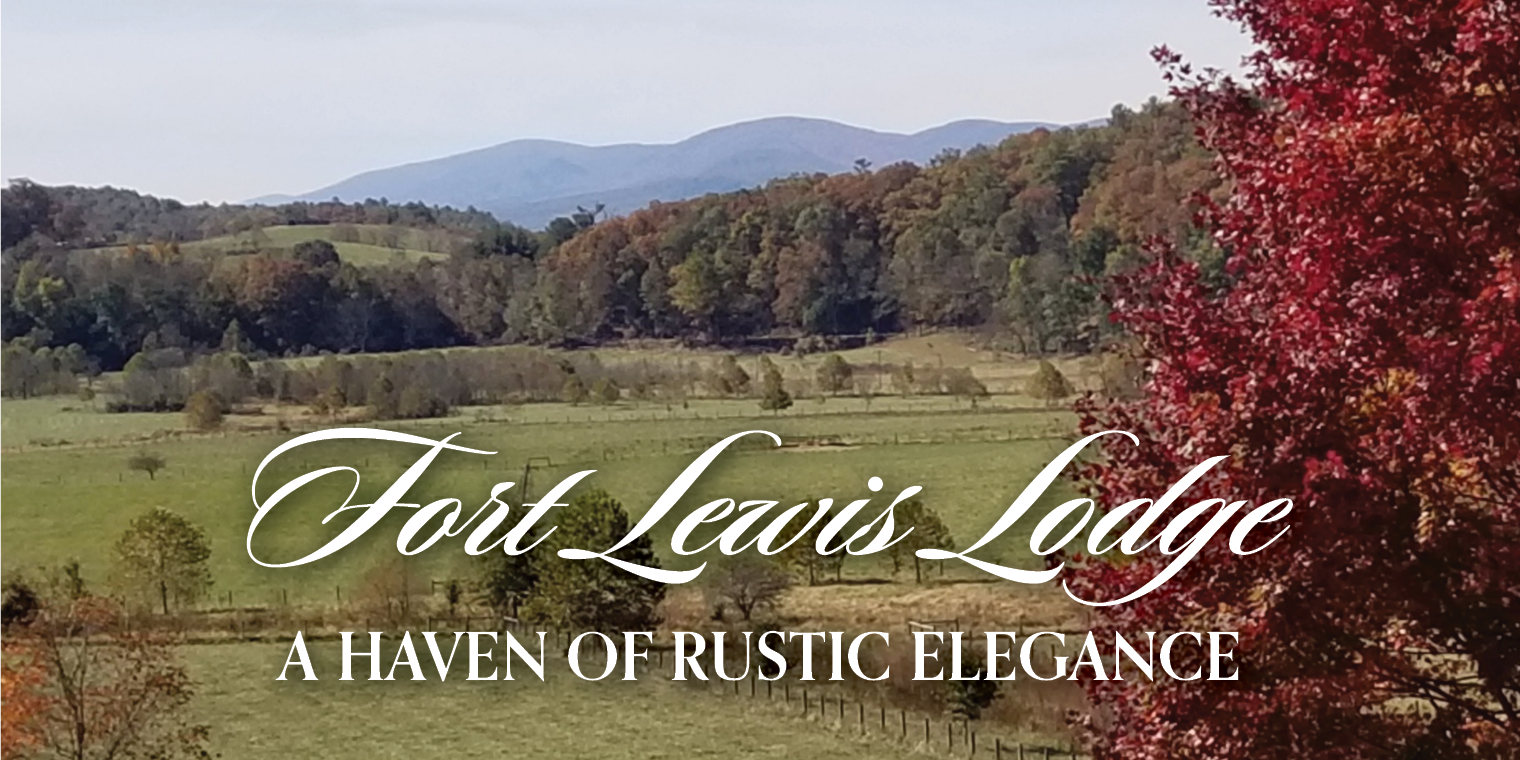During winter’s cold, dark nights, my thoughts turn to beaches and palm trees. But when I travel, I like visiting places with culture, history and memorable food too. That’s why I selected St. Augustine, Florida for my winter getaway.
St. Augustine is located on Florida’s northeast coast, under an hour south of Jacksonville. The spirited coastal community is best known as “America’s Oldest Continuously Inhabited City” and this historic town contains an abundance of notable landmarks, like Castillo de San Marcos Fort, a 340-year-old citadel, and Flagler College, formerly the Hotel Ponce de Leon, a breathtaking Spanish Renaissance building constructed in 1888.
Like many Florida towns, St. Augustine is blessed with mild winters, allowing visitors to spend time year-round relishing the town’s sparkly outdoor gardens, strolling St. George Street’s pedestrian promenade, and sipping spirits from the rooftop of the St. Augustine Distillery. In the months of December and January, the city adorns the downtown buildings and streets with more than three million lights for the annual Night of Lights Festival.
St. Augustine also has an extraordinary collection of restaurants known for sourcing ingredients from the Atlantic Ocean, intercostal waterways, local orchards and farms. Chefs like to add their city’s signature Datil pepper to many of their dishes—it spices everything from dark chocolate, to popsicles, to seafood chowder. One way to sample from multiple restaurants while learning the history and culture of St. Augustine is to take City Walks’ Savory Faire Food Tour.

Step Back in Time
St. Augustine’s story begins with the Timucua Indians who first occupied the region; that’s until 1513 when explorer Juan Ponce de Leon landed his Spanish galleon in search of the legendary Fountain of Youth. Ponce de Leon was the first European to document his discovery, which he named “Flo-rida,” the Spanish word for “being flowery.” It was 42 years before the Jamestown Settlement.
Ponce de Leon heard rumors there was a spring possessing magical powers and went in search of “the fountain of youth.” hoping to restore his youthful vigor. Smithsonian’s historians recently debunked Ponce de Leon’s mythical pilgrimage, but when you visit St. Augustine’s Fountain of Youth Archeological Park, you too can drink from the mineral-rich stream said to be Ponce’s wellspring. At this a 45-acre waterfront park, you’ll meet actors recreating St. Augustine’s intriguing history, like Pedro Menendez de Aviles, a Spanish warrior known for massacring French Huguenots who settled here to escape French persecution.

Another significant milestone in St. Augustine occurred when, in 1672, the Spanish began building Castillo de San Marcos. They used native coquina shells, which allowed the structure to withstand hurricanes and pirate attacks. Make sure to tour this fortification operated by the National Park Service.
Following the French and Spanish, English settlers came to St. Augustine after the Treaty of Paris was signed in 1763. In the exchange, British leaders traded Cuba to Spain. The remains of British colonial occupation in the 1700’s is seen in pubs like the Bull & Crown Publick House. America gained control over this region by winning the War of 1812. But it wasn’t until Henry Flagler constructed his famous hotel that it became a popular resort town for aristocrats escaping cold North American climes.
St. Augustine is a Youthful Party Town
If Ponce de Leon visited St. Augustine today, he would be impressed with the city’s youthful vibe. St. Augustine is a college town, and many students from Flagler College stay here after graduation. Walk down any street in downtown St. Augustine, and you’ll see millennials enjoying outdoor restaurants, shops and bars. Stop for refreshments at Colonial Oak Music Park, with free live music every weekend under its lantern-lit oak tree.
Currently, Flagler students live, dine and study in the Ponce de Leon Hall, an architectural masterpiece with exquisite Tiffany windows. Railroad magnate Henry Flagler erected what is now Flagler College’s main building as a resort for wealthy snowbirds like himself. The design was inspired by Flagler’s visits to Spain’s Moorish palaces. Don’t miss a tour of this remarkable building to learn about the Flagler family and their vision for their picturesque city.

Back when Flagler first arrived, St. Augustine was mostly marshland. When asked why he built a luxury hotel in the middle of a swamp, Flagler said, “The hardest problem a man has is to help people. This desire comes when a man has more than enough for his own needs. I have come to the conclusion the best way to help others is to help them help themselves.” His dream was to produce a wellness destination for the wealthy, while providing occupations for others. “In years to come, I hope my works will provide happy employment for millions,” Flagler said, and it has.
Along with the Ponce hotel, Flagler built a second hotel called The Alcazar which now serves as the Lightner Museum. Be sure to tour the curious exhibits, and don’t miss the Café Alcazar with its strangely sloping floor—it was the largest indoor swimming pool in the world. After investigating the city’s museums and historic sites, consider exploring the barrier islands with their numerous parks and beaches, including the St. Augustine Lighthouse & Maritime Museum.
St. Augustine is a winter getaway that checks all the boxes: temperate weather, outdoor adventure, holiday magic, music, food and culture. Best of all, remnants of its vibrant history await you on every street corner.

Where to Dine
Catch 27
Eatery with outdoor garden serving seasonal fare. Try the Minorcan Clam Chowder and Shrimp and Grits.
The Floridian Restaurant
This modern restaurant is housed in a historic Floridian home. They feature a selection of locally-sourced, Southern-influenced dishes tweaked for the health-conscious. Try the Citrus Mango Salmon Salad or Cornbread Panzanella with blackened shrimp and pickled onions.
O’Steens Restaurant
Cash-only historic diner serving up local specialties. Try the fried shrimp, hush puppies, fried catfish and Datil pepper sauce.
Maple Street Biscuit Company
Old City – Where you’ll find almost anything on a biscuit. Sandwiches, soups and southern sides. Try the Fried Chicken and Bacon Biscuit.
Cafe Alcazar
Inside the Lightner Museum, the Café is an upscale tea house and dining room. Try the escargots with toast points.
Hamblen House Bayfront Dining
Casual restaurant with snacks, dinners and live music. Try Jack’s Shrimp and Grits with Sherry Cream.
Aunt Kate’s
An iconic restaurant on the river with local seafood specialties and Menorcan cuisine. Try the Menorcan Sampler and the Fish Tacos.
Claude’s Chocolate
Find custom coffee drinks, hot chocolate and handmade bonbons. Great place for gifts.

Where to Stay
Casa Monica Resort & Spa
Luxurious hotel with Spanish décor ideally located in the heart of the city. A Marriott Autograph Hotel.
www.marriott.com
Old City House Inn & Restaurant
Historic and romantic inn with outdoor patio, bar and restaurant.
www.oldcityhouseinn.com






